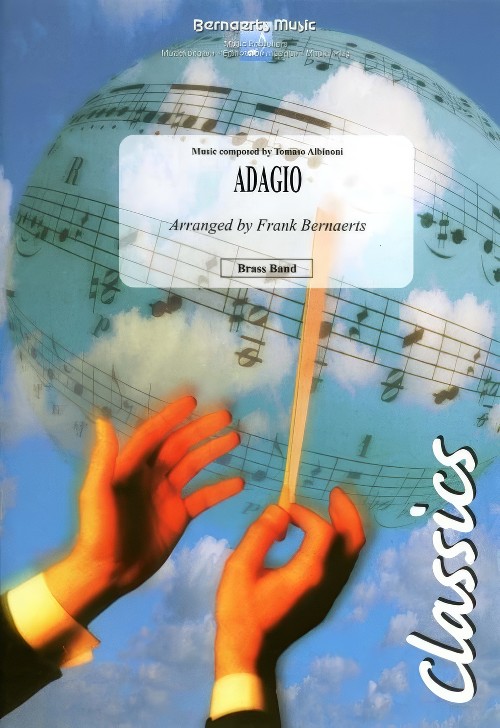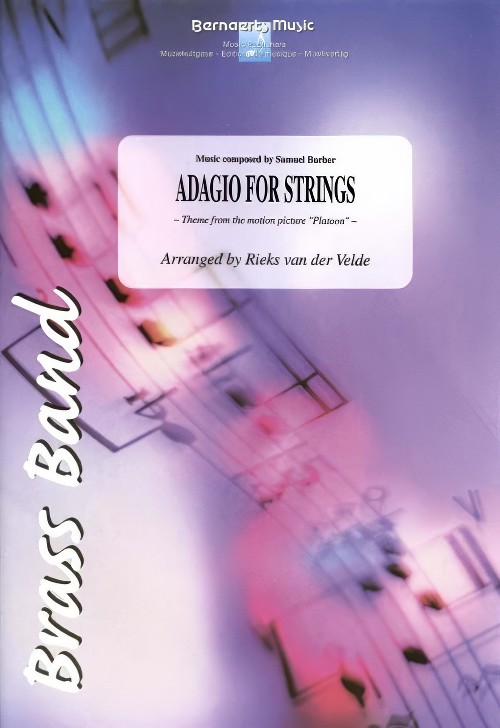We've found 67 matches for your search. Order by
Results
-
 £60.99
£60.99Adagio - Tomaso Albinoni - Jacob de Haan
If you need a beautiful slow interlude for any concert then this is the piece for you. This short work by Italian composer Thomaso Albinoni has a luscious melody that will bring tears to any eyes. For hundreds of years the manuscript of this work had been lost and was only discovered in 1945. Despite this it has become Albinoni's best known work and has topped the classical charts on many occasions. Wonderful figures for the flugel and soprano cornet bring out extra emotion in this arrangement by Jacob de Haan.
Estimated dispatch 5-14 working days
-
 £92.00
£92.00Adagio for Strings (Platoon) - Samuel Barber
Estimated dispatch 5-14 working days
-
 £39.60
£39.60 -
 £24.60
£24.60 -
 £53.99
£53.99Adagio (Brass Band - Score and Parts) - Albinoni, Tomaso - Bernaerts, Frank
Duration: 4.30
Estimated dispatch 7-14 working days
-
 £56.99
£56.99Adagio for Strings (Brass Band - Score and Parts) - Barber, Samuel - Velde, Rieks van der
Theme from the motion picture Platoon. Duration: 6.30
Estimated dispatch 7-14 working days
-
 £75.90
£75.90ADAGIO (for Strings) (Brass Band) - Barber, Samuel - Barry, Darrol
Medium/Easy
Estimated dispatch 7-14 working days
-
 £32.95
£32.95ADAGIO (from Spartacus) (Cornet/Brass Band) - Siebert, Edrich
.
Estimated dispatch 7-14 working days
-
 £33.00
£33.00Adagio (Solo Cornet/Brass Band) - Rachmaninoff, Sergei
Solo Cornet with Brass Band
Estimated dispatch 7-14 working days
-
 £42.95
£42.95ADAGIO (Tenor Horn/Brass Band) - Corelli, Archangelo - Gott, Barrie
Estimated dispatch 7-14 working days
